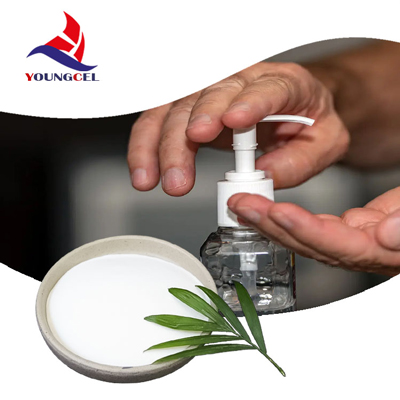Industrial Grade HPMC An Overview
Hydroxypropyl Methylcellulose (HPMC) is a prominent cellulose ether that has gained immense significance in various industrial applications due to its versatile properties. Recognized for its adhesive, thickening, and binding capabilities, industrial grade HPMC serves as a fundamental component in several sectors, including construction, pharmaceuticals, food processing, and personal care products.
Composition and Properties
HPMC is derived from cellulose, a natural polymer abundant in plant cell walls. The modification process of cellulose involves etherification, which introduces hydroxypropyl and methyl groups into its structure. This results in a compound that is soluble in water and exhibits excellent film-forming ability, making it suitable for different applications. The degree of substitution—referring to the average number of hydroxypropyl and methyl groups that replace hydrogen atoms in the cellulose chain—affects the solubility and viscosity of HPMC, allowing manufacturers to tailor its properties to meet specific industrial needs.
One of the defining characteristics of industrial grade HPMC is its ability to retain water and enhance the workability of formulations. This makes it an ideal additive in construction materials such as mortars, plasters, and tile adhesives. Its water retention properties ensure that the mixture remains workable for a more extended period, facilitating better adhesion and reducing the likelihood of cracking in dried formulations.
Applications in Various Industries
1. Construction Industry HPMC is widely used in the construction industry, particularly in the formulation of cement-based materials. It improves the adhesion of mortars to substrates and enhances their flexibility and durability. The ability of HPMC to provide a uniform consistency in the mixing of materials also results in improved overall performance.
industrial grade hpmc

2. Pharmaceuticals In the pharmaceutical sector, industrial grade HPMC serves as a crucial excipient in drug formulations. It plays a key role as a binder in tablet manufacturing, ensuring the uniform distribution of active ingredients. Moreover, HPMC is utilized in controlled-release formulations due to its gel-forming properties, which regulate the release rate of the drug into the bloodstream.
3. Food Industry HPMC's safety and non-toxic nature have led to its incorporation in food processing applications. It can be found in gluten-free food products, where it acts as a thickener, stabilizer, and emulsifier. Additionally, HPMC is used to enhance the texture and shelf life of various food products.
4. Personal Care Products The cosmetic and personal care industry also benefits from HPMC's unique properties. It is used in skincare formulations, shampoos, and hair conditioners due to its thickening and film-forming abilities. This not only improves product texture but also allows for better application and spreadability on skin and hair.
Conclusion
Industrial grade HPMC is a versatile compound with a broad range of applications across various industries. Its unique properties, including water retention, thickening, and film-forming capabilities, make it a valuable additive in construction materials, pharmaceuticals, food, and personal care products. As manufacturers continue to explore the potential of HPMC, its applications are likely to expand, reinforcing its role as an essential ingredient in modern industrial processes.
In summary, the significance of industrial grade HPMC cannot be overstated; it embodies the perfect blend of functionality and adaptability, making it an indispensable component in numerous applications. Its continued development will pave the way for innovative solutions that address the evolving needs of industries globally.
-
Premium Detergent Grade HPMC Hydroxypropyl Methylcellulose: Superior Thickening & StabilityNewsAug.31,2025
-
HEC 100000 Hydroxyethylcellulose for Paint | Superior ThickeningNewsAug.30,2025
-
Wall Putty Rdp Powder Packaging DesignNewsAug.29,2025
-
Introduction to Hpmc Hydroxypropyl Methyl CellulosNewsAug.29,2025
-
Hpmc Industri Grade IntegrationNewsAug.29,2025
-
How to Choose the Right Construction AdhesiveNewsAug.29,2025




